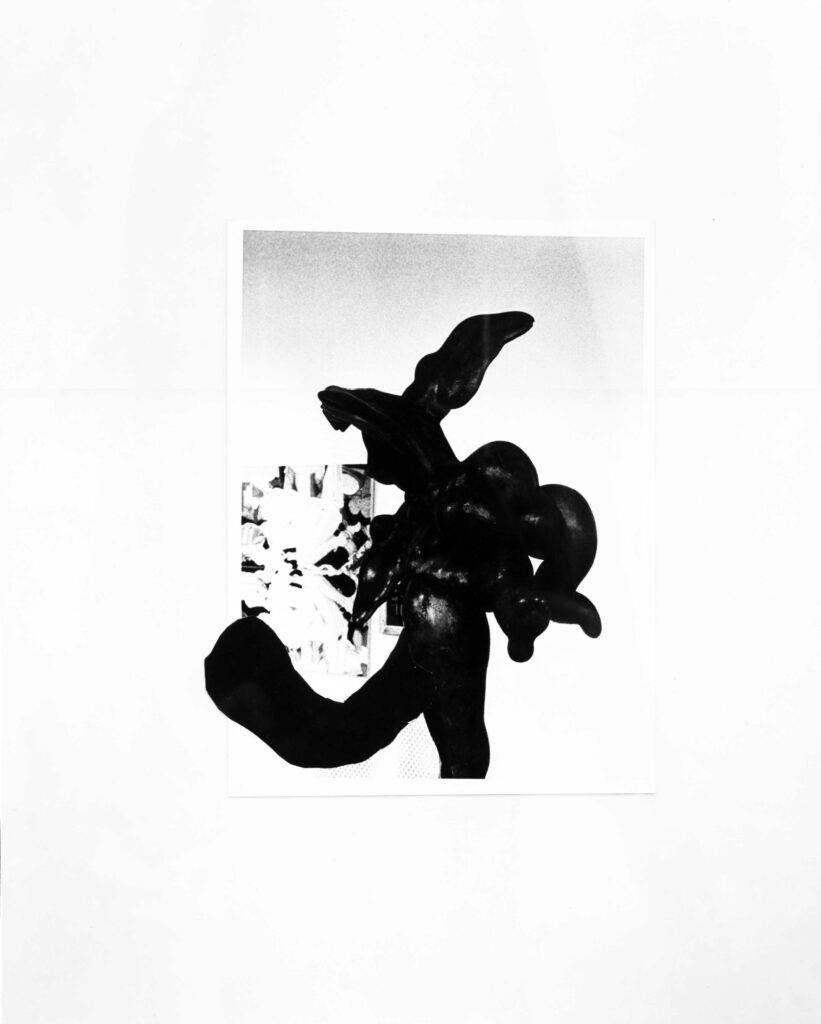Die Fotografie in Referenz…
Anja Manfredi, Martin Vesely, Julia Müller-Maenher, Anatoliy Babiychuk, Anna Barfuss, Adrian Buschmann, Selma Doborac, Karine Fauchard, Julian Feritsch, Manfred Hubmann, Ludwig Kittinger, Fernando Mesquita, Lazar Lyutakov, Christoph Meier, Wolfgang Obermair, Ekaterina Shapiro-Obermair, Max Schaffer, Antoine Turillon, Franz Zar, Marcin Zarzeka, Georg Petermichl
Photography is explored here at its margins under the curatorial eye of Martin Vesely at the FOTOHOF>GALLERY. What are the essential characteristics of photography?
The lens itself sees nothing; it perceives vicariously. The transfer occurs by means of a (technical) apparatus, a construct. The incoming density, the information is replicated on a medium in analogue or digital form.
It is only in the short timeframes of the exposure itself that the photograph is allowed to exist as a photograph, with this partial loss of control capturing the photograph’s auratic nature.
Too much is indeterminately recorded in that empty space, at first without meaning, the informal having the opportunity to be borne to the surface, the emanation of the referent (Roland Barthes) shown by means of an imprint, a track.
The reference speculates with knowledge, as it were, wanting to be decoded, with the past updated only in the act of contemplation. Mistrust is always apposite, for too many factors impact the process of creation.
“Index, track, imprint, referentiality, technical reproducibility“ – these are all terms which are now deeply embedded in our theoretical vocabulary, terms which admittedly are debated first and foremost in photography and the theory of photography, but which from the very outset also served as fundamental parameters of art and aesthetics in general.
(Martin Vesely)


Contents that have been attributed to photography for a long time have long since been deposited in all ways of working, have passed through us and show up as fragmentary traces on many levels.
Not every time the “photographic context” is automatically the supreme premise, yet it is always implicitly thought along, often sedimented, sometimes concretely stored, and is part of transmissions.
Ve.Sch, an art space with a high beat, sometimes also sees itself as an apparatus, as a “camera”, in which information is constantly going through, is stored. Essential information can only be read over time as a trace or imprint.
Technical characteristics shape the space, processuality gives it potential. Neutral and reserved we move forward, at the edges we perceive. The maneuvering between the categories opens up the space for translations.
I maintain that it is only by being thrown back on a lowest common denominator that things are given their (informal) aura, that the “poetic“ spaces of translation according to Benjamin are conceivable. Without context it can’t be achieved, but nothing should be done precisely either … (Martin Vesely)




